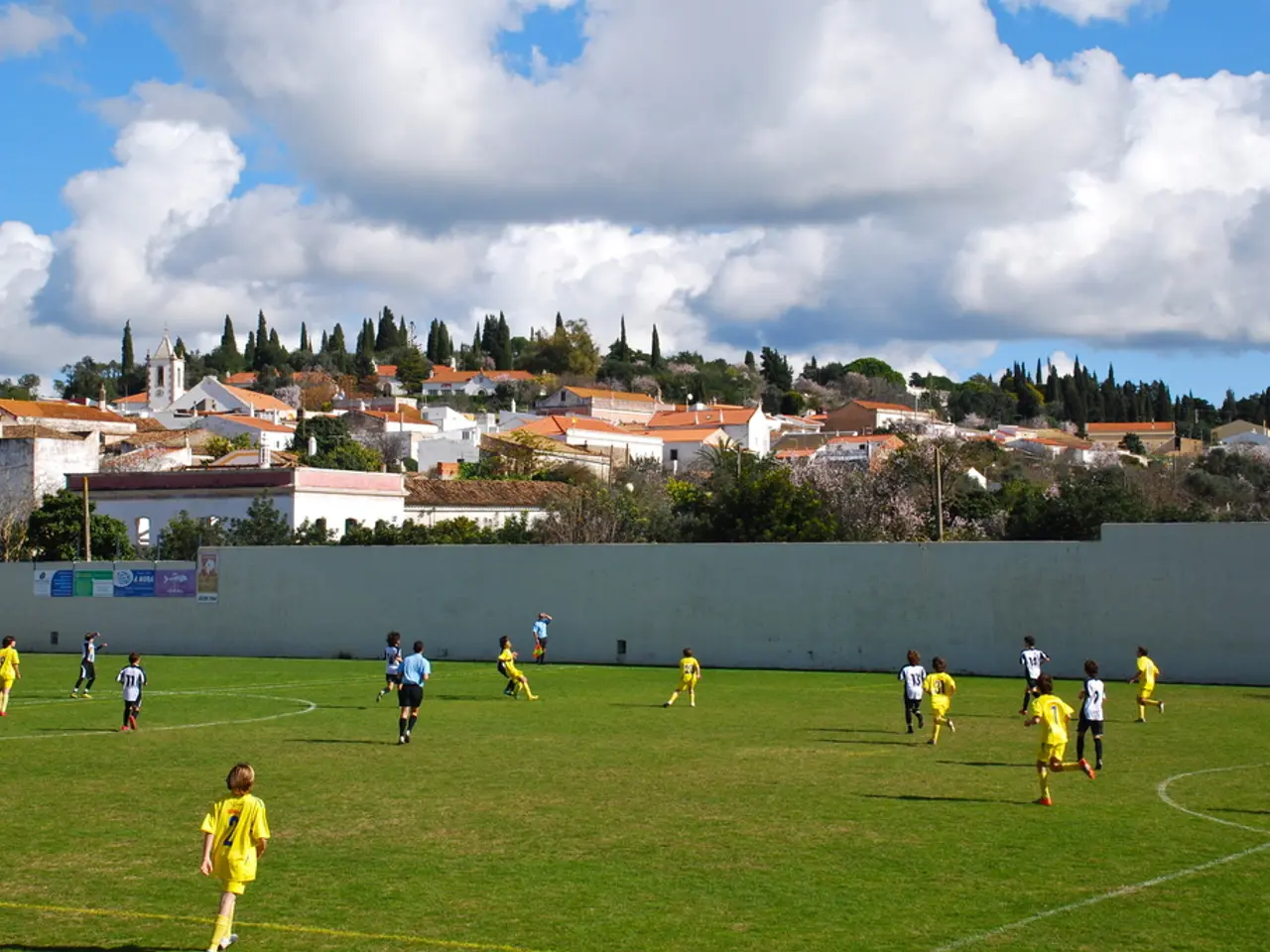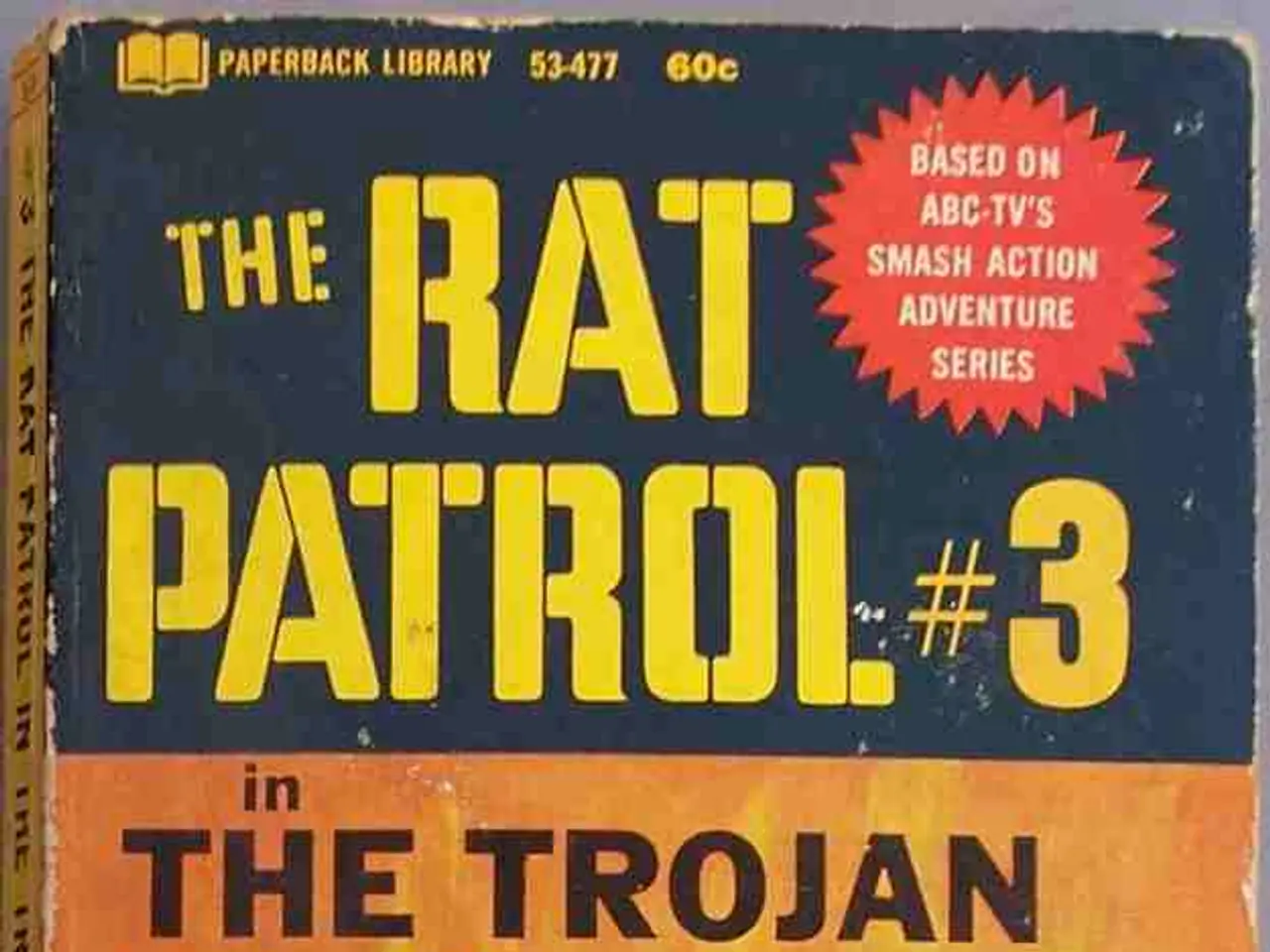Assessing the Quality of Death Stranding 2: Unanticipated Advantages and Disadvantages Revealed
Death Stranding 2, the highly anticipated sequel to Hideo Kojima's groundbreaking game, has been met with a mix of praise and criticism from players and critics alike. The game, released in late 202X, refines and expands many core systems of the original, significantly improving combat and traversal, deepening the multiplayer experience, and delivering strong cinematic storytelling.
In gameplay, Death Stranding 2 offers players more options for both stealth and direct engagements, making encounters feel more dynamic and akin to a Metal Gear-style experience. Although weapons remain quite powerful—potentially reducing challenge—and the game treats the player more like a soldier than a porter, combat is notably more polished than in the original. The presence of BTs (ghostly entities central to the series) is reduced and sometimes feel relegated to side content, which some players find disappointing, but boss battles remain cinematic and impressive.
Traversal retains its core importance but is expanded significantly. The terrain interaction system is more advanced, with weather affecting paths over time (rain erodes trails, snow creates drifts), making the game world feel more dynamic and realistic. New traversal tools such as amphibious vehicles and gliders add variety and open new routes. The enhanced path formation mechanic allows player movement to shape terrain over time, creating subtle new shortcuts that contribute to the shared-world feeling of the game.
Regarding story and atmosphere, critics praise Death Stranding 2’s cinematic storytelling and narrative ambition. It expands the original's narrative scope while maintaining its themes of connection and isolation. However, some players find the pacing less daring, and certain thematic elements (like Sam's soldier-like treatment in combat missions) somewhat out of place, which causes mixed reactions among fans.
Multiplayer improvements focus on the Bridge Links system, enabling construction of more elaborate outposts, trade routes, and defensive structures. Other players’ contributions have a more direct and dynamic impact on the world, enhancing the asynchronous multiplayer experience. This evolution of the multiplayer strand system is regarded by critics as one of the strongest features of the sequel, deepening the sense of community and shared world while maintaining Kojima’s signature subtlety by excluding direct voice chat or traditional multiplayer mechanics.
Sam Porter Bridges (played by Norman Reedus) returns as our familiar lead character in an emotionally deep story filled with thoughtful and philosophical ideas. The narrative can feel convoluted due to too many twists and turns, and managing packages and gear often requires many button presses, making menu navigation feel slow and tedious. However, the game's commercial success might also impact how publishers approach future projects.
In summary, Death Stranding 2 refines and expands many core systems of the original, significantly improving combat and traversal, deepening the multiplayer experience, and delivering strong cinematic storytelling. Yet the reduced challenge, altered BT prominence, and differing pacing have divided fan opinion on whether it is unequivocally "better" than the first game. The game's unique blend of gameplay, narrative, and multiplayer mechanics continues to push boundaries in the gaming industry, encouraging studios to take bigger chances on ambitious titles.
In the enhanced multiplayer experience of Death Stranding 2, the construction of outposts, trade routes, and defensive structures is fortified through the Bridge Links system, thereby strengthening the sense of community and shared world. The game's refined combat system, nested within an environment filled with cinematic storytelling, provides players with more dynamic encounters, akin to a Metal Gear-style experience.








